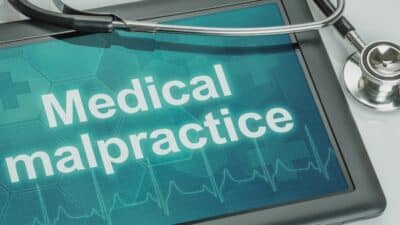
Medical malpractice could render a life-ending blow to patients. The most severe cases of all medical malpractice claims are often the never events. These are considered preventable errors that have catastrophic consequences. Whether minor or severe, never events should not occur in healthcare facilities operating under the proper duty of care.
What’s Considered a Never Event in Medical Malpractice?
When a healthcare provider within his or her right mind makes a preventable mistake, he or she is held accountable for a never event. Such events are a product of the lack of safety measures and precision. Understaffing plays a big role in this—several studies have shown how staff fatigue is linked to increased medical errors and more cases of never events.
Common Never Event Examples
In most reported medical malpractice cases, never events revolve around six categories. These include:
Wrong site surgery
Wrong-site surgery happens when surgeons operate on the wrong body part.
Retained external object
After an operation, foreign objects may be left in the patient’s body.
- Dose errors – A wrong medication may be administered.
- Patient fall – This is a common issue when the hospital is not kept safe by removing objects on the floor or wiping damp floors.
- Severe sores – Bedsores may develop during the hospital stay due to nurses’ negligence of the patient’s room condition.
If you are wondering what the difference between medical malpractice and negligence is, with the former, the health practitioner is fully aware of the consequences of his or her actions.
Illinois Never Event Statistics
Medical malpractice never events remains as a serious issue in Illinois, with reports covering up to the last decade. Here are some of the stats:
- In the last decade, Illinois has ranked 10th in the US for never events.
- Illinois has the largest payout for never events, with a single settlement costing $714,000.
- From 2009 to early 2011, Illinois reported 392 never events and 112 claimants received compensation. Seven of the cases got settlements of over $10 million.
Never events show significant failure to follow safety protocols. The results may be fatal or lead to unrecoverable patient injuries.
In any event, do not engage in settlement discourse with the hospital without your medical malpractice attorney. You need the services of a medical malpractice attorney to determine the strength of your case, the extent of damages suffered, and the appropriate legal channels to follow. This is the only guarantee of getting the right settlement amount.



